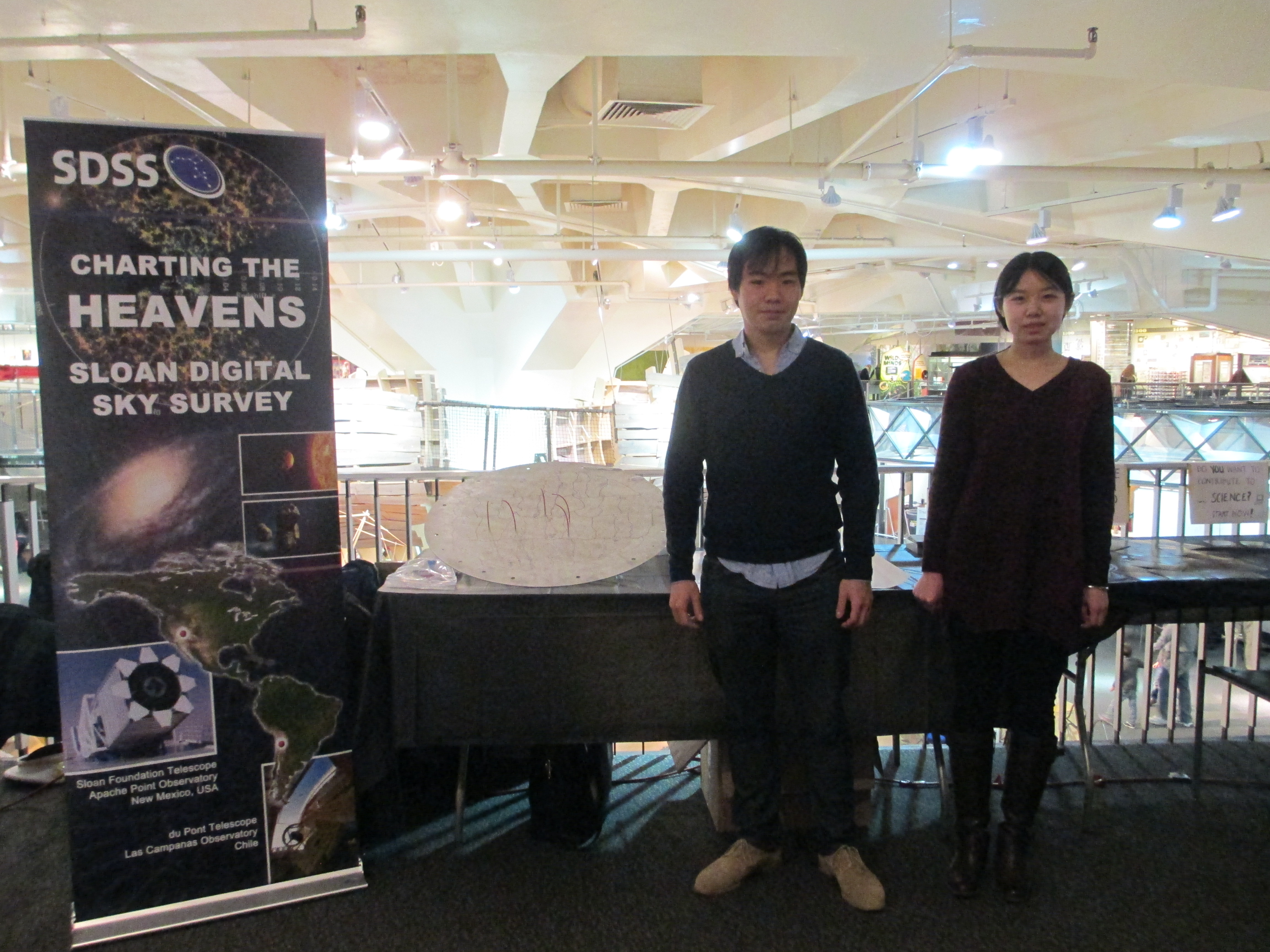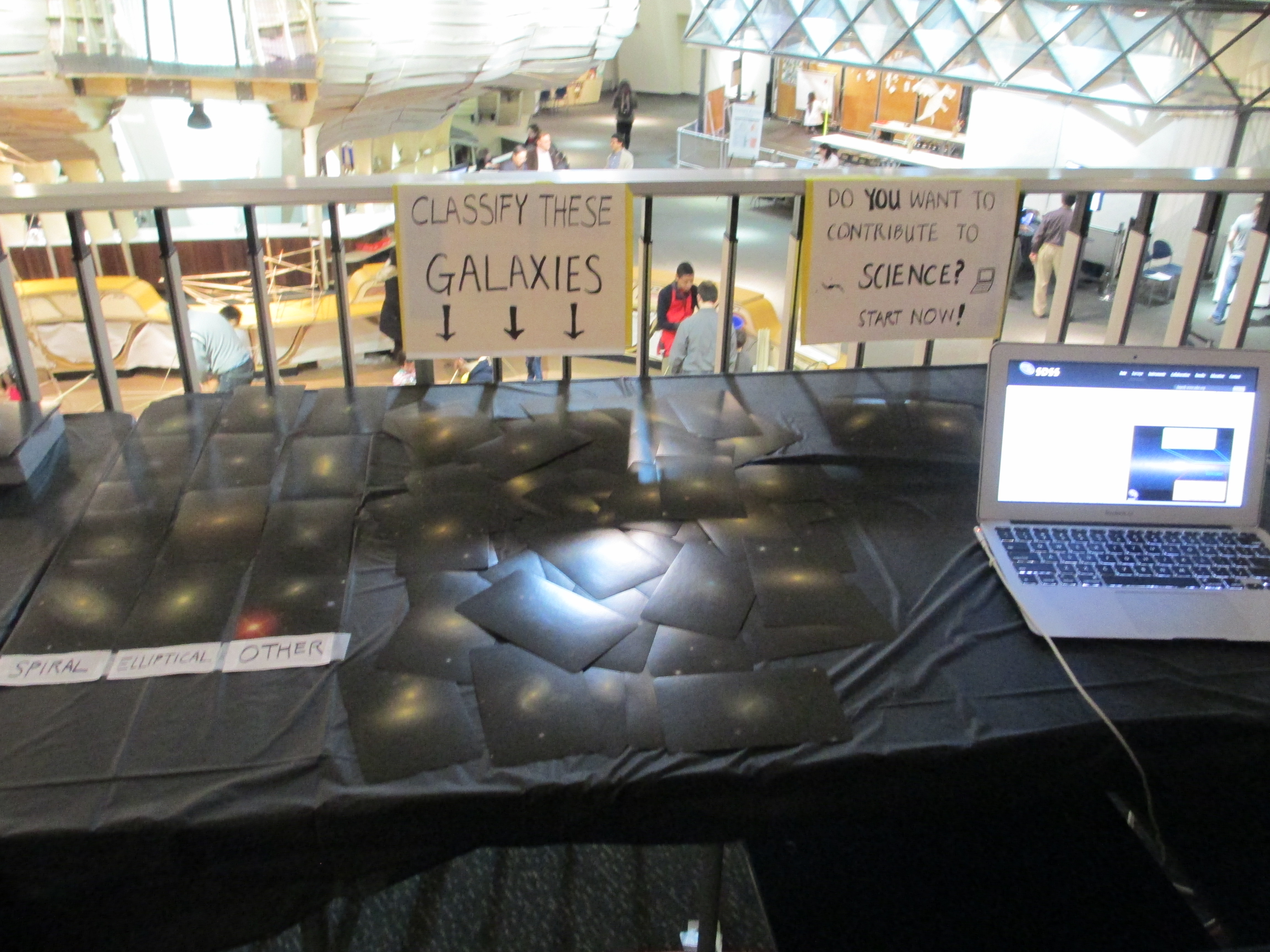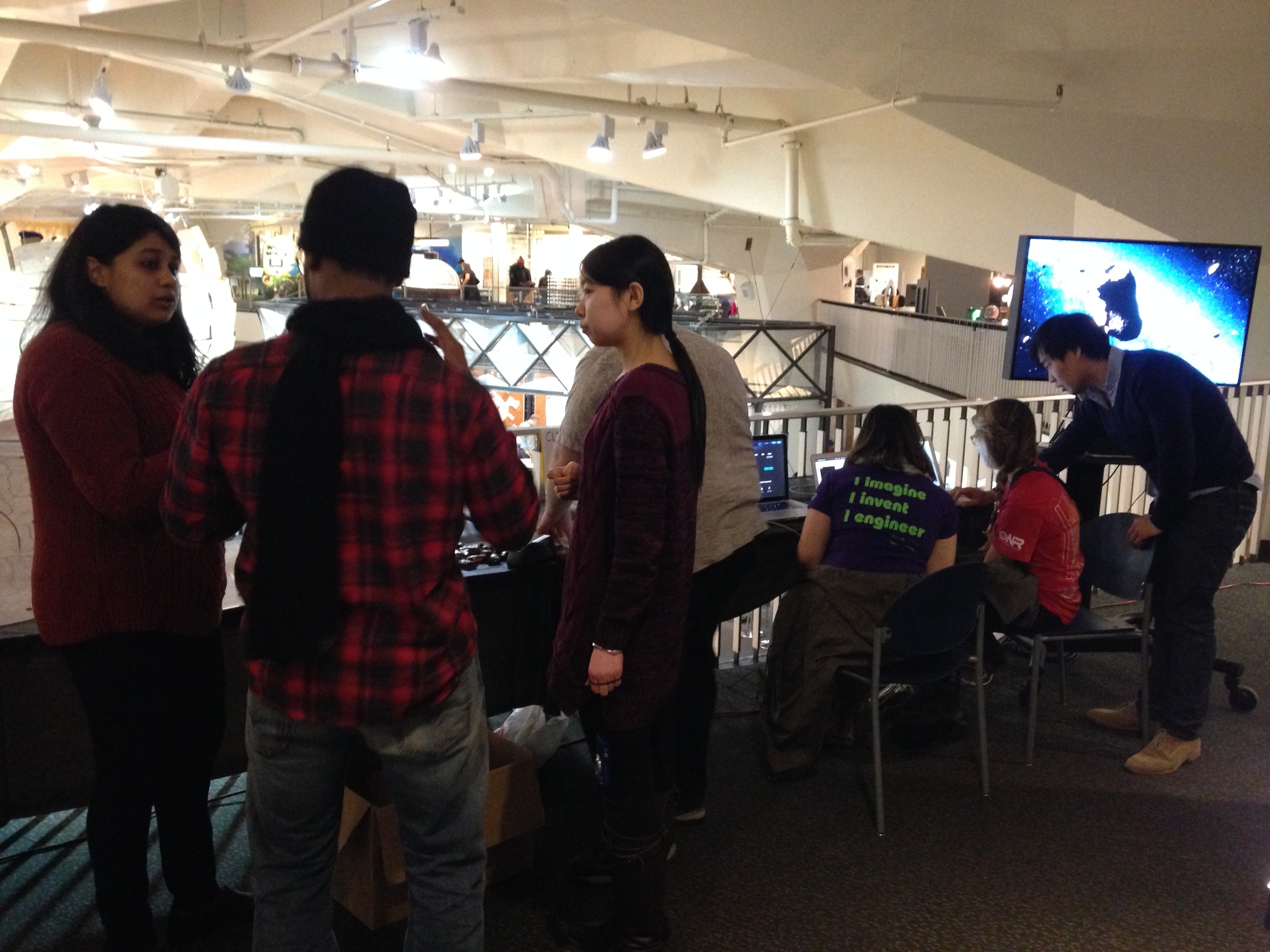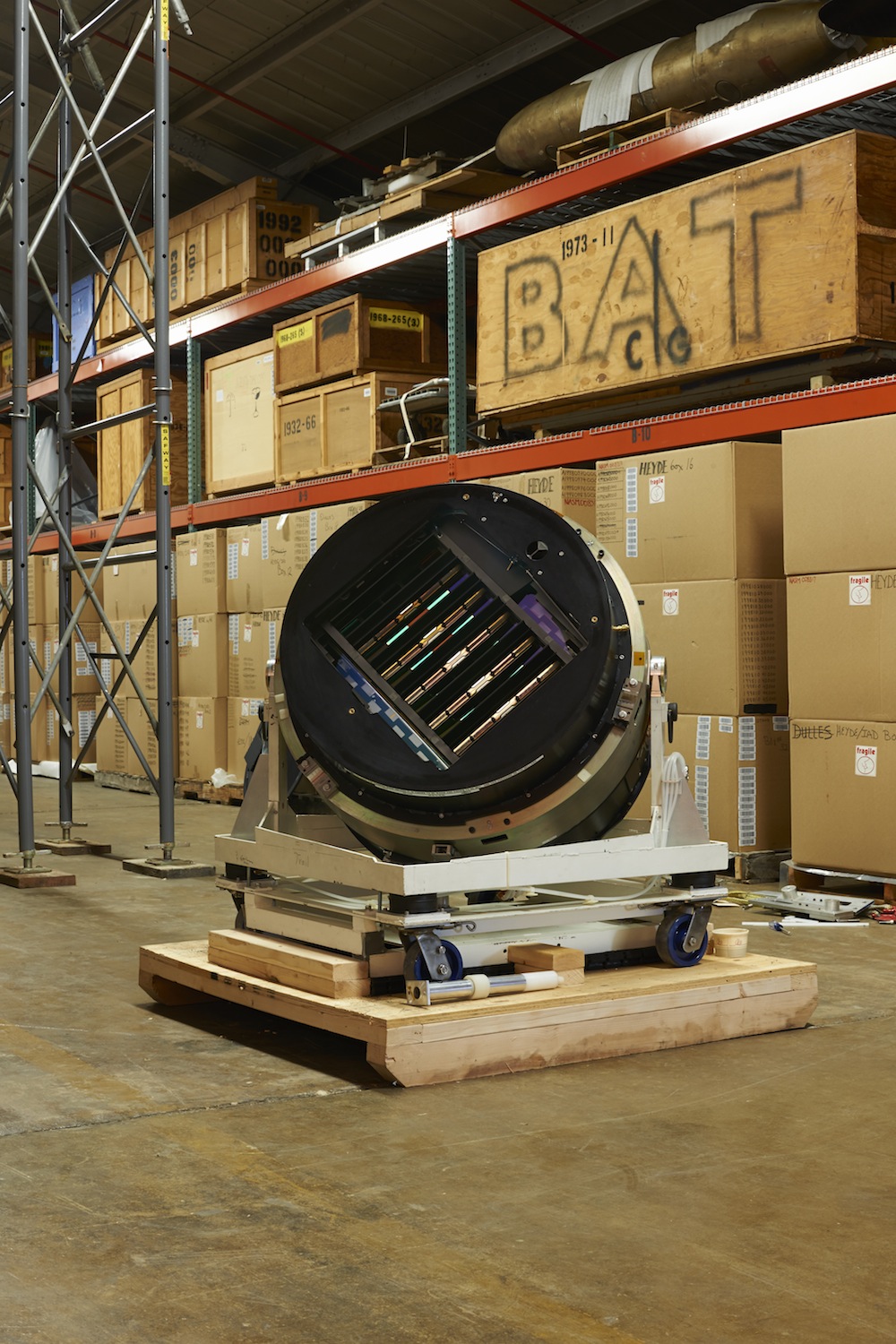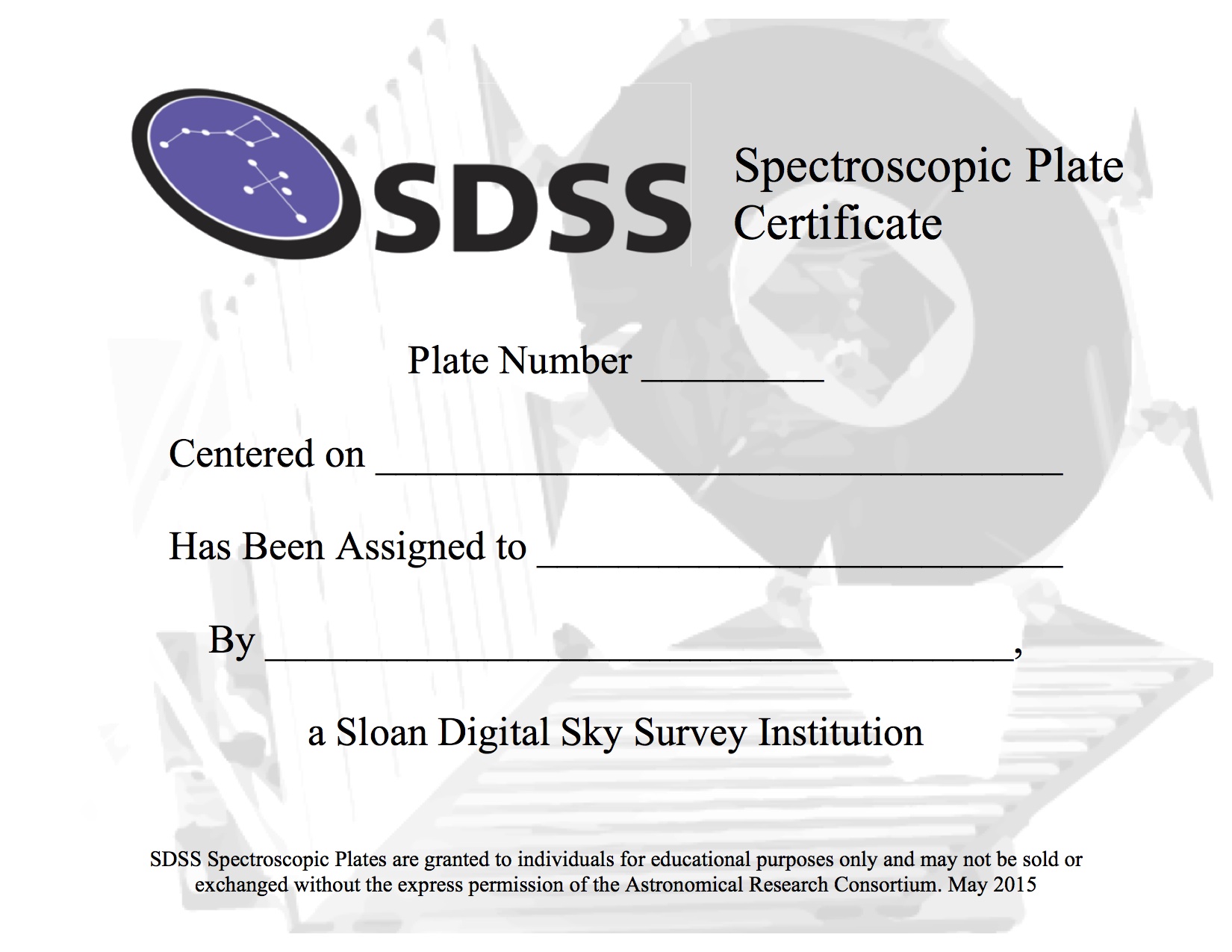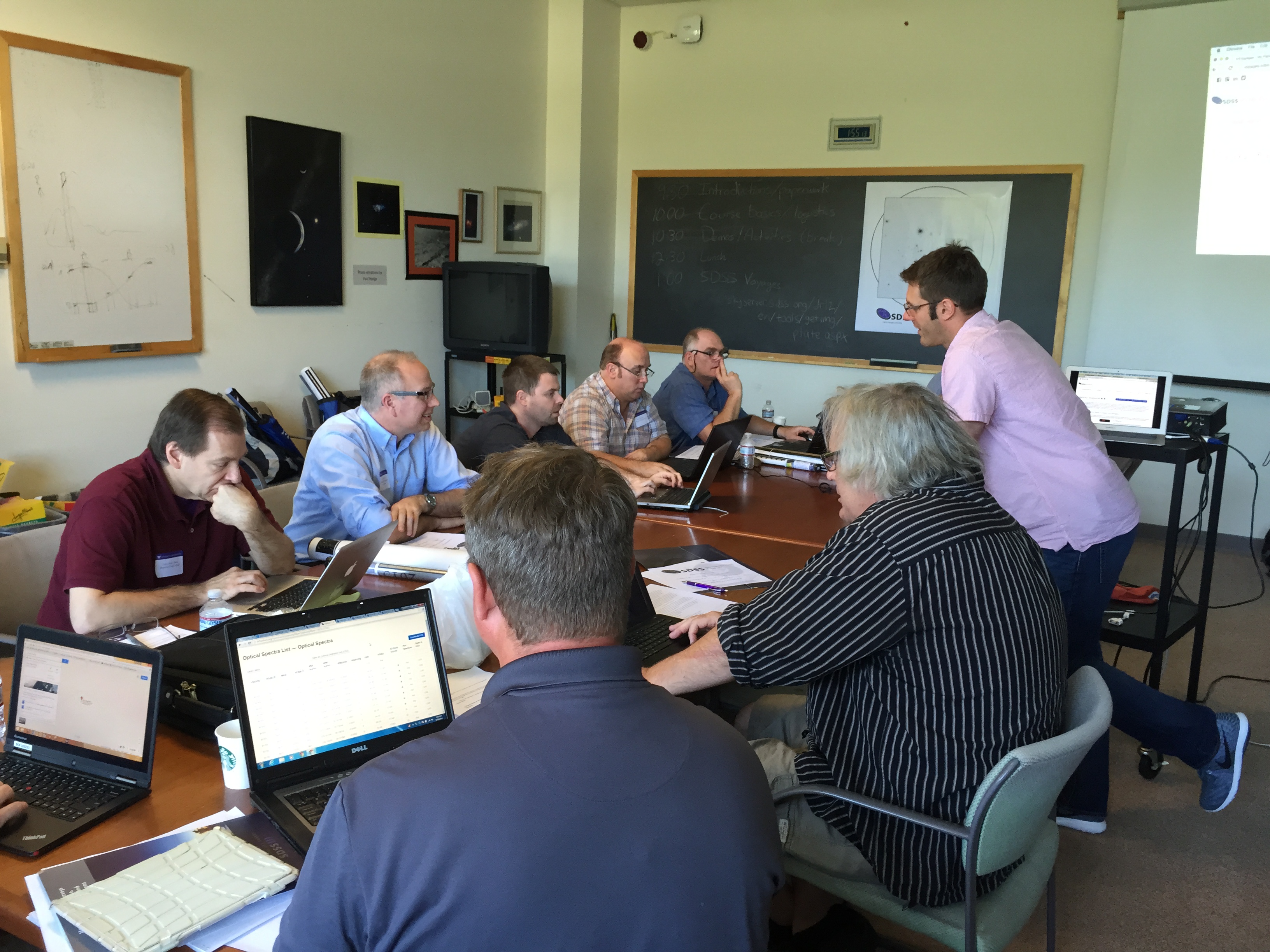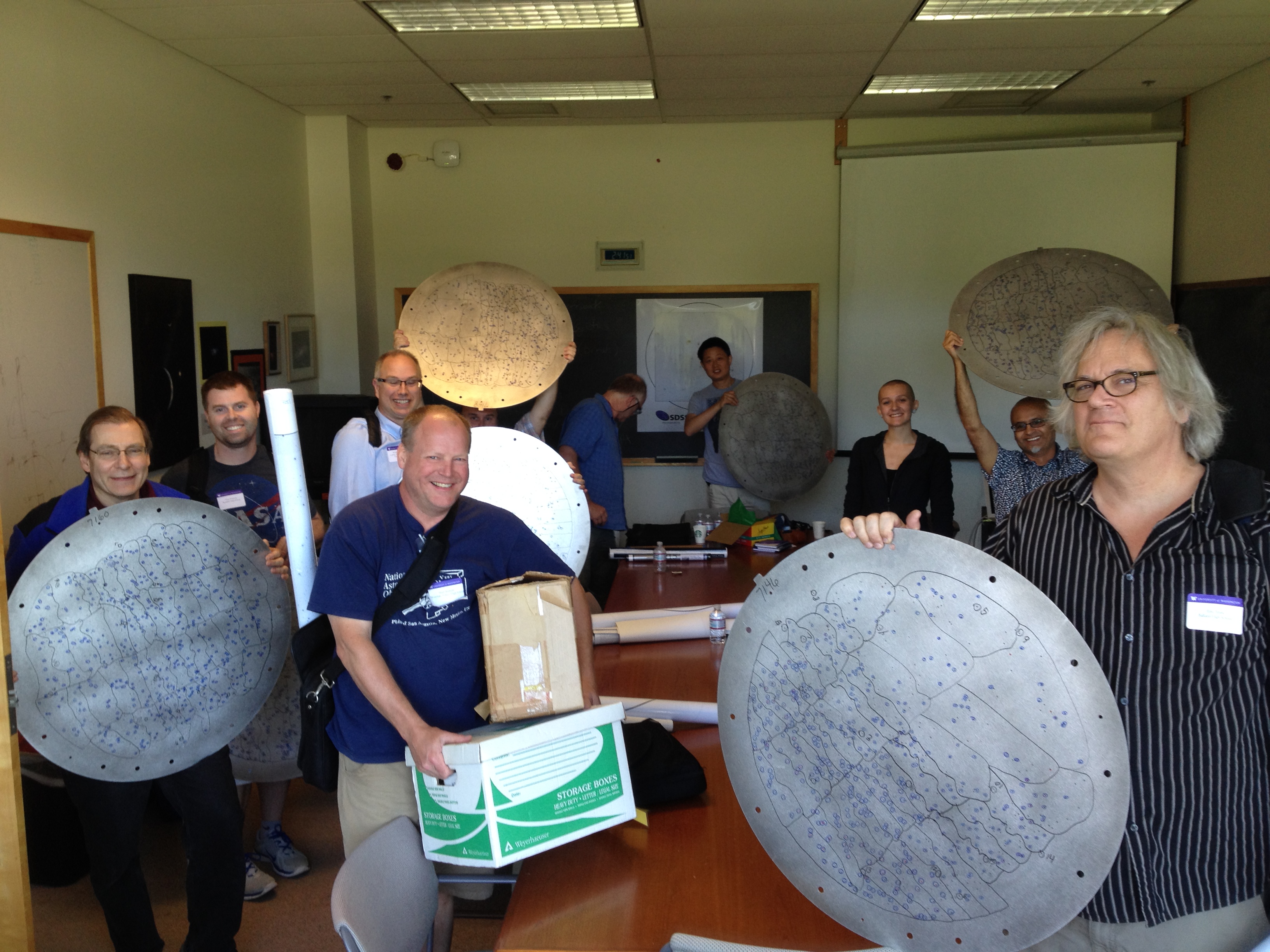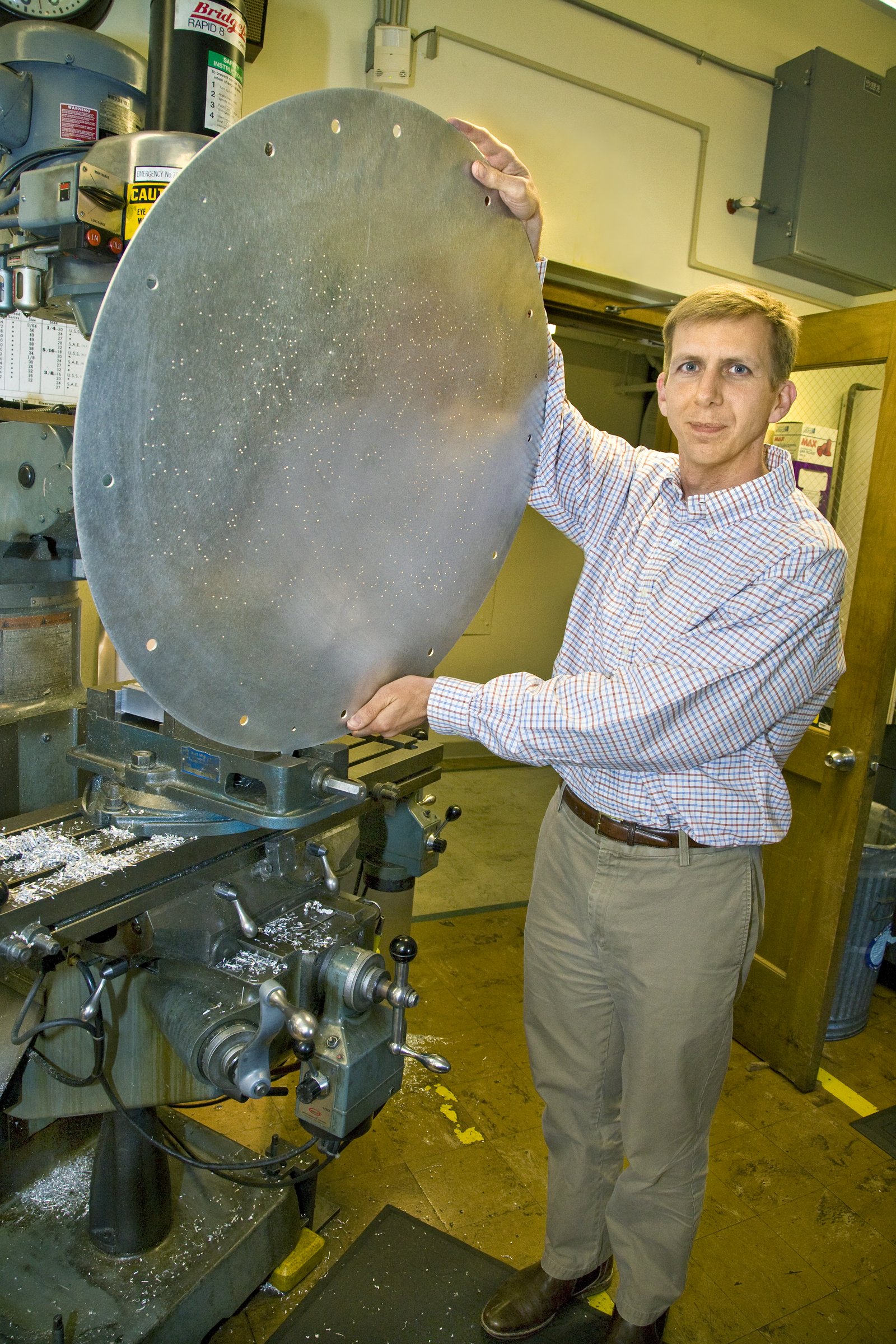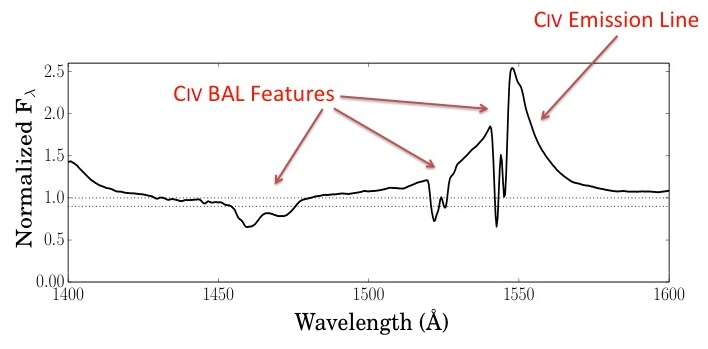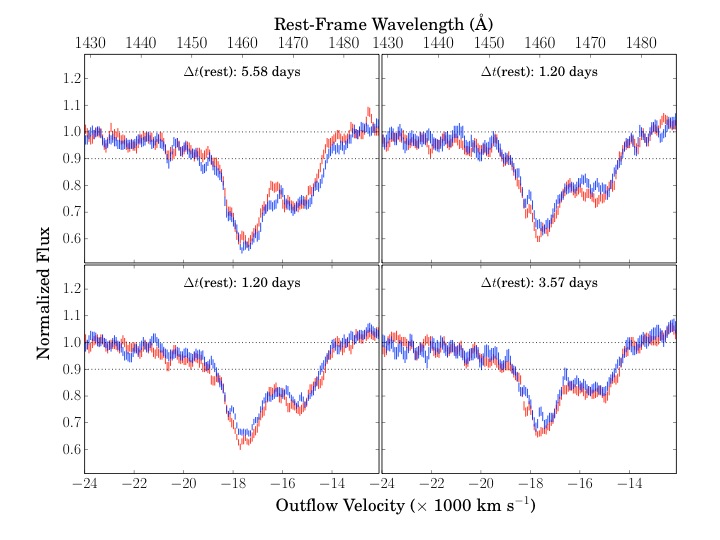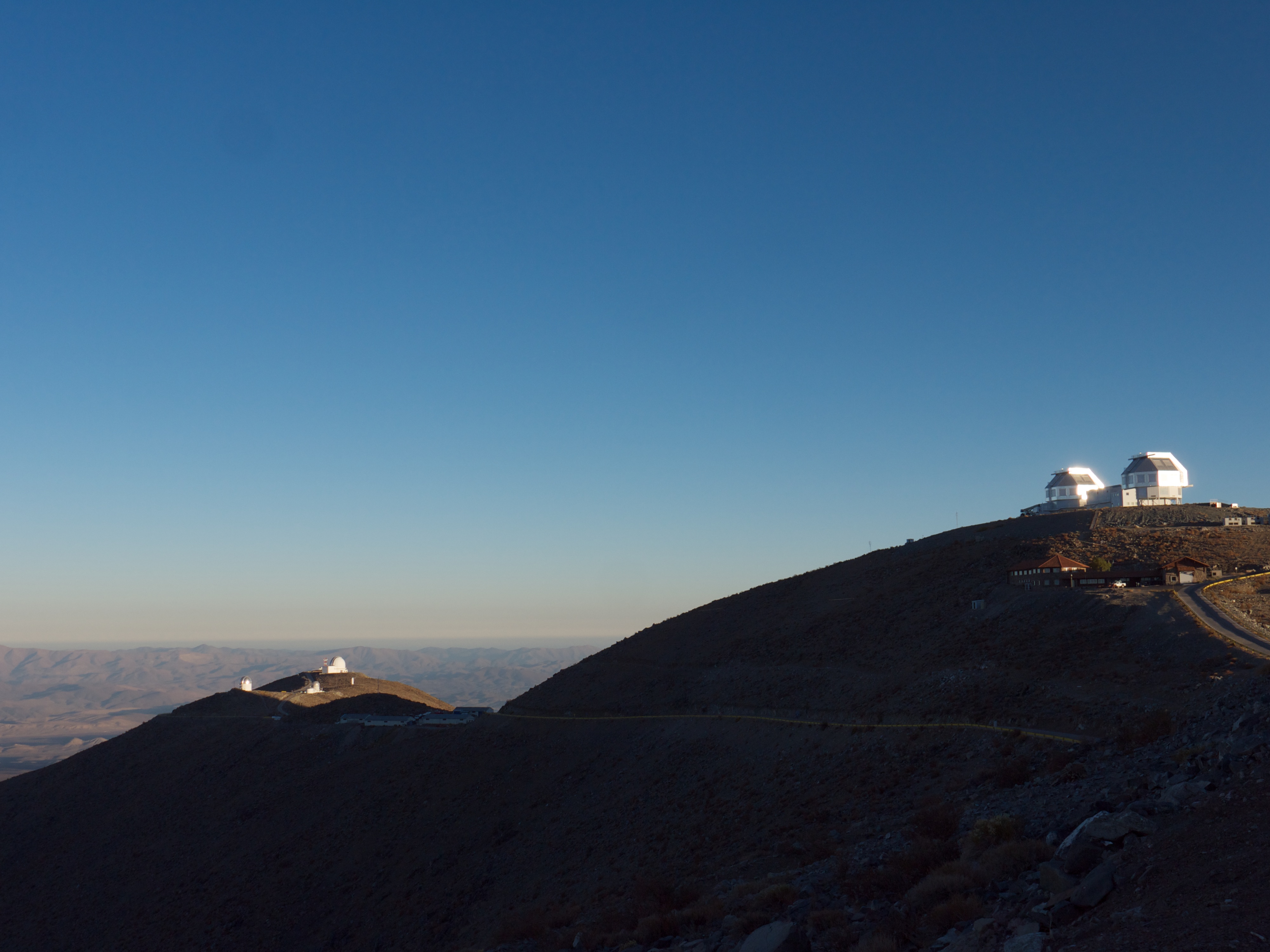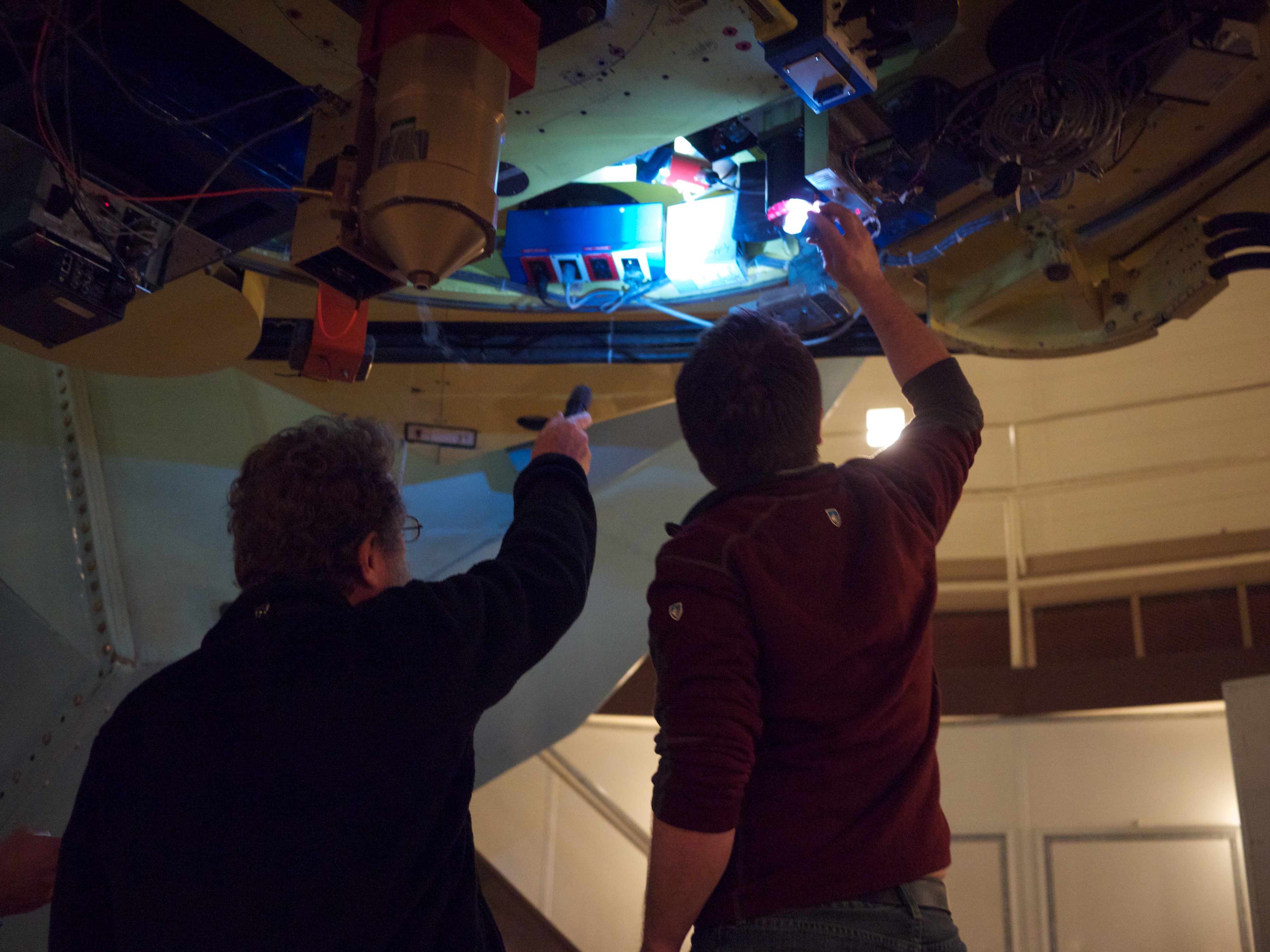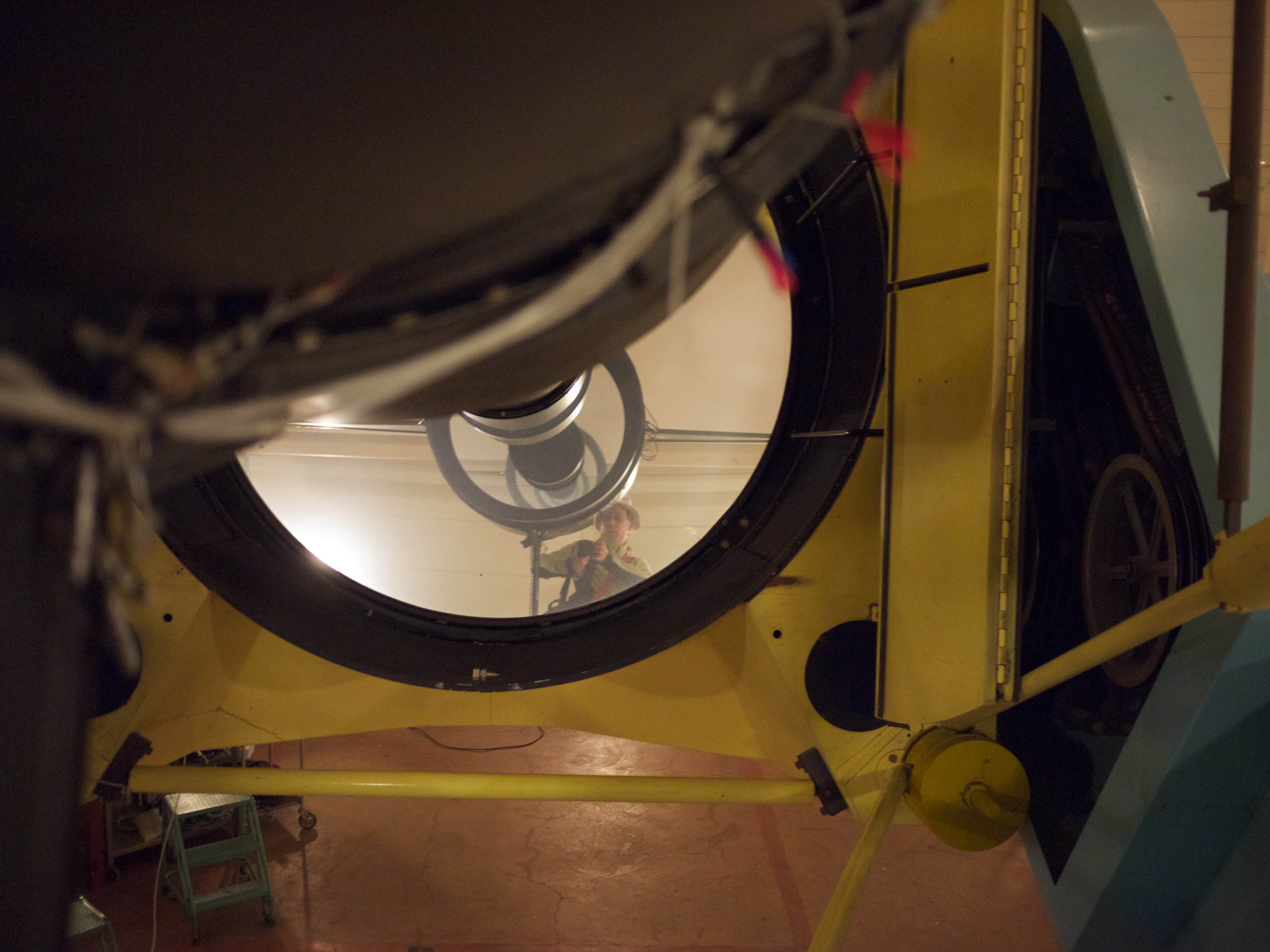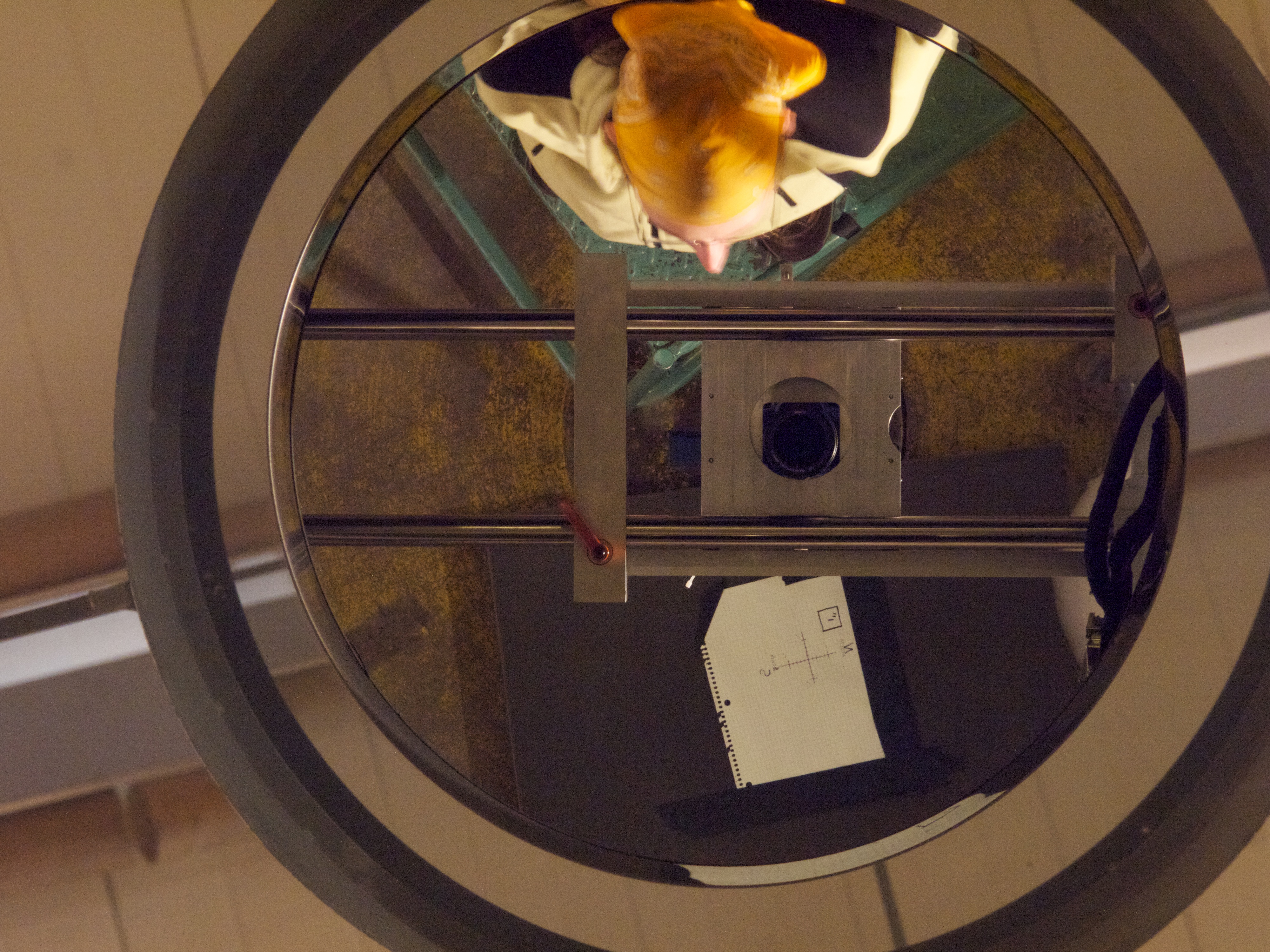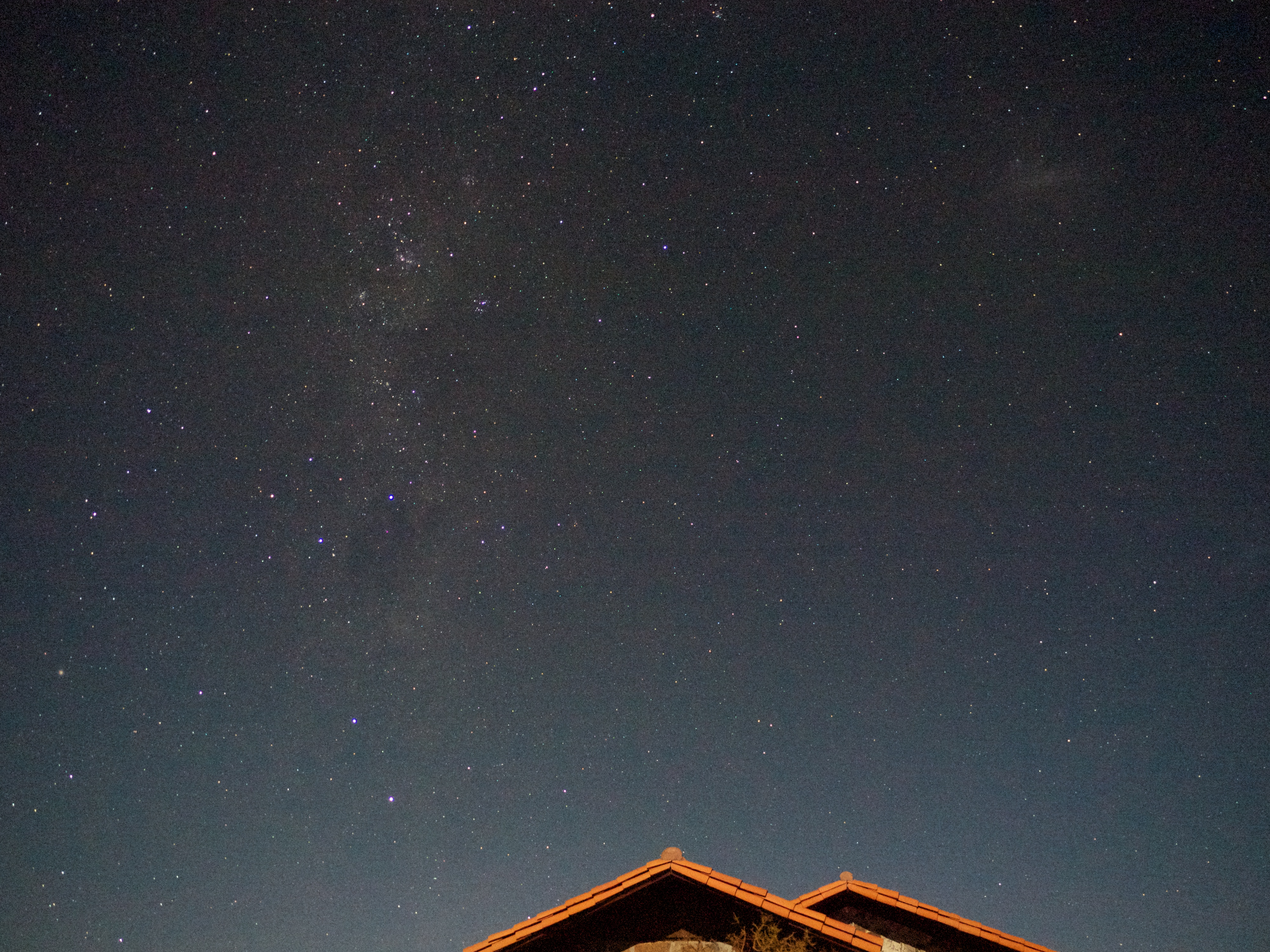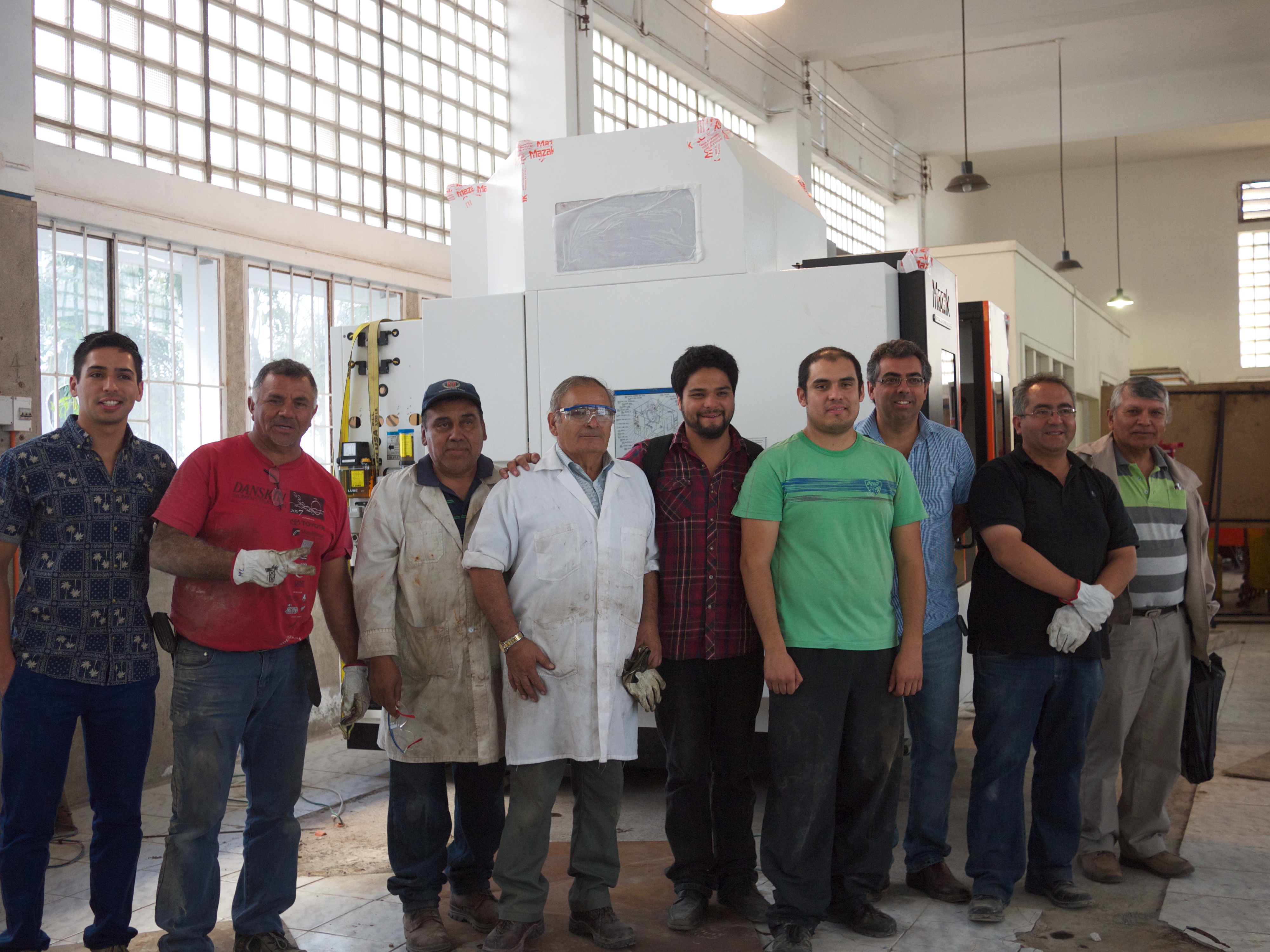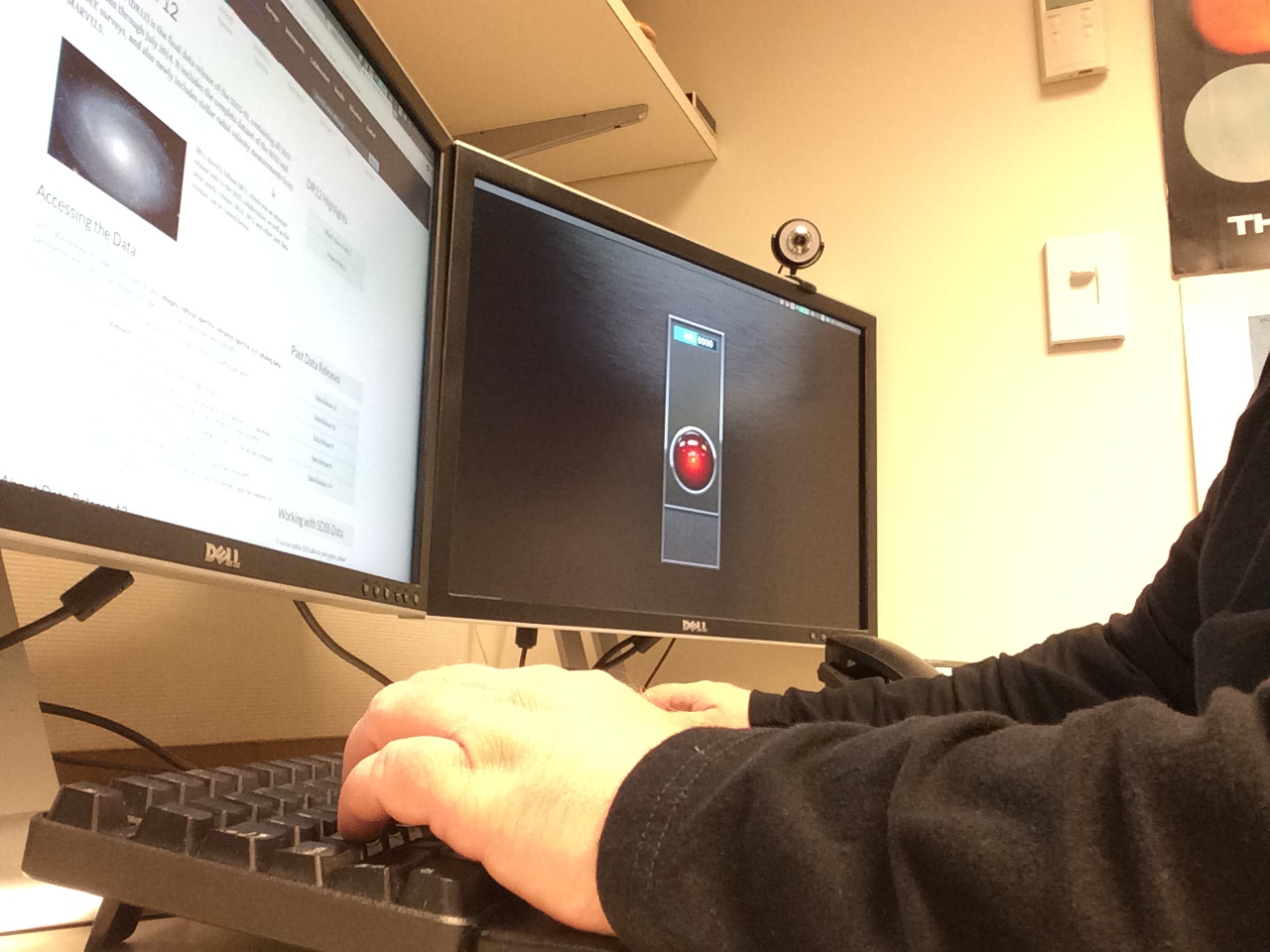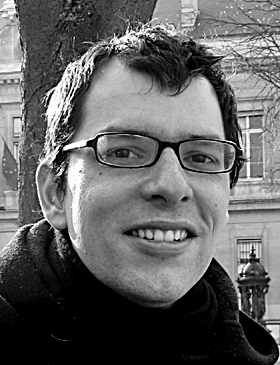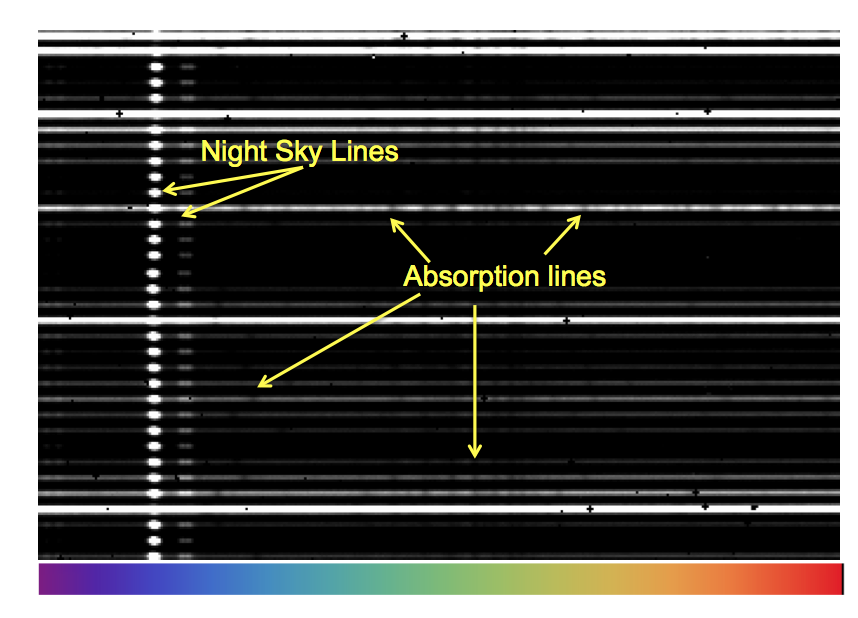Recently, a small group of astronomers from Chile has been visiting Apache Point Observatory. Their job will be to assist with operations at APOGEE-South, which is being built for the Irénée du Pont telescope at Las Campanas Observatory. Introducing: Christian Nitschelm, a faculty member at Universidad de Antofagasta; Andrés Almeida, a Masters student from Universidad Andrés Bello; and Jaime Vargas, Masters student at Universidad de La Serena.
Recientemente, un pequeño grupo de astrónomos de Chile ha estado visitando el Observatorio Apache Point (APO por sus siglas en Inglés). Su trabajo consistirá en ayudar con las operaciones en APOGEE-Sur, que se está construyendo para el telescopio Irénée du Pont en el Observatorio Las Campanas. Presentamos a: Christian Nitschelm, profesor en la Universidad de Antofagasta; Andrés Almeida, un estudiante de Maestría de la Universidad Andrés Bello; y Jaime Vargas, estudiante de Maestría de la Universidad de La Serena.
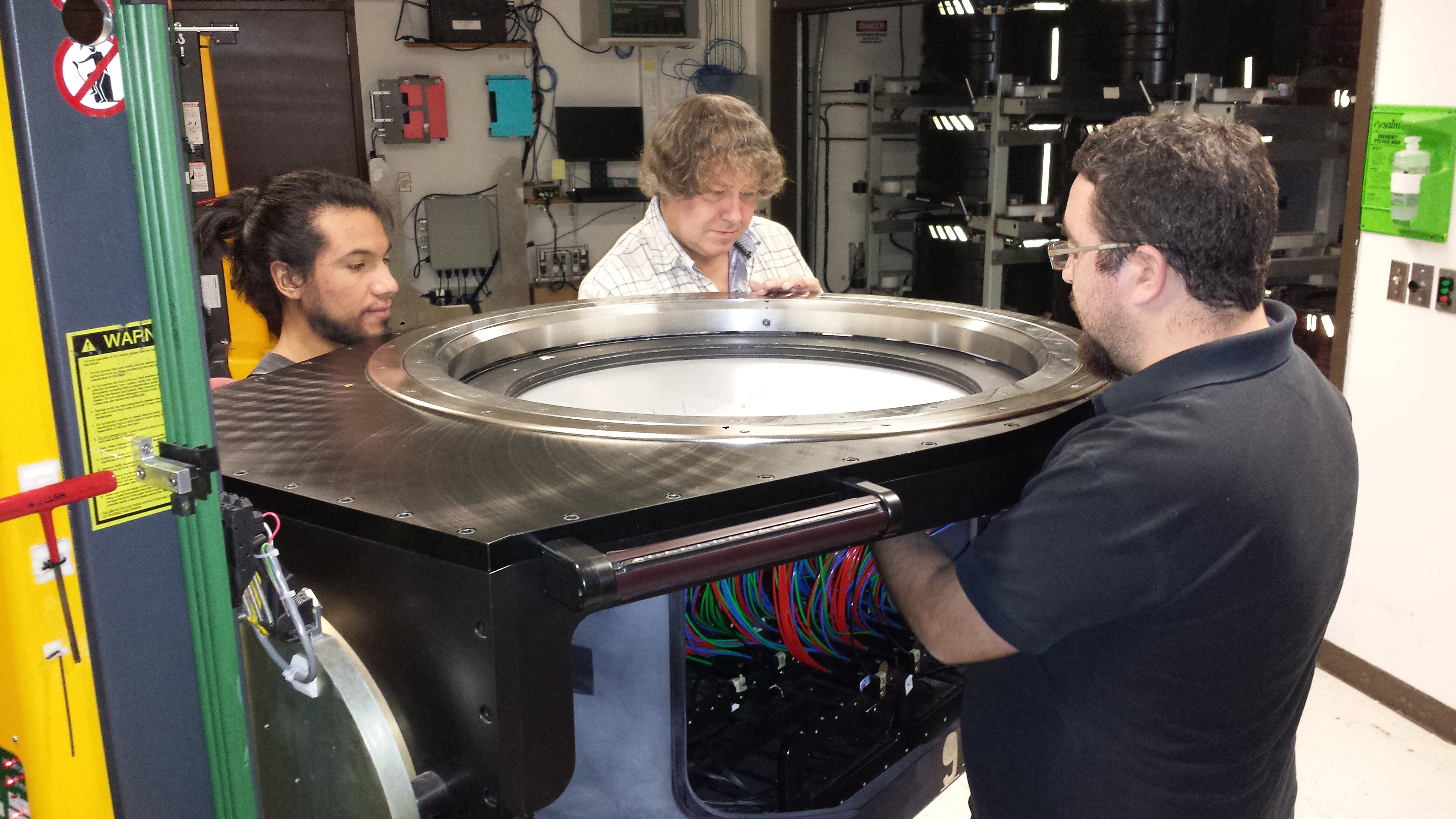
Jamie (a la izquierda), Christian (al centro), y Andrés (a la derecha), desconectando una placa de APOGEE después de las observaciones.
Jamie (left) Christian (center), and Andres (right), unplugging an APOGEE plate after observations.
While at APO, Jamie, Christian, and Andres are learning a number of important skills that they will take back to Las Campanas Observatory. This includes plugging and unplugging plates:
Mientras tanto en el APO, Jamie, Christian y Andrés están aprendiendo una serie de técnicas importantes que llevarán al Observatorio Las Campanas. Esto incluye conectar y desconectar las placas:
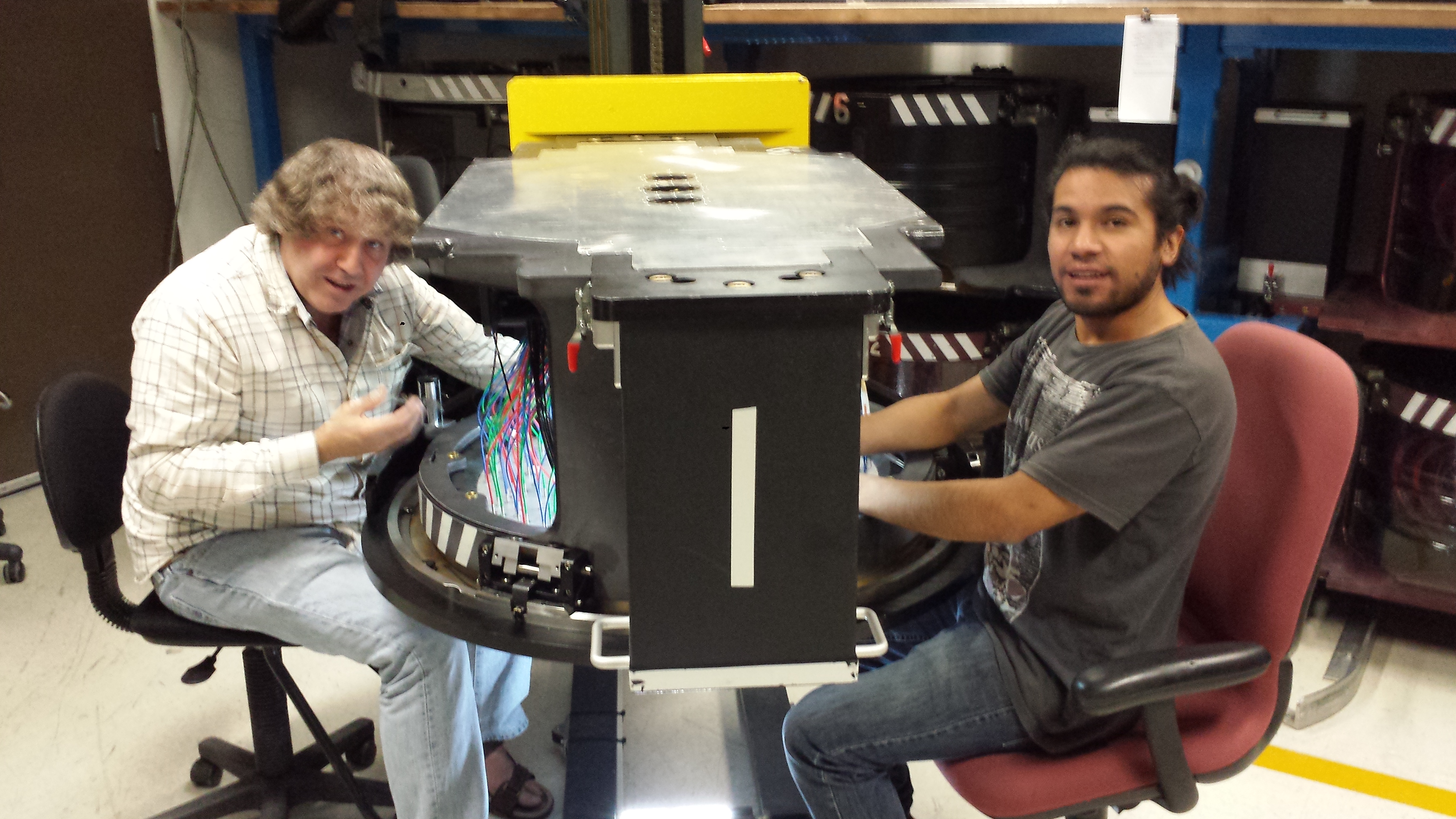
Christian y Jaime se ven aquí conectando las fibras ópticas en una placa de conexión.
Christian and Jamie seen here plugging fibers into a plug plate.
They are also learning to use the new Mock Up and Training Facility tripod, cartridge, and dolly (seen below). This setup will be sent down to Universidad de La Serena so that this crew can train future support staff.
También están aprendiendo a usar la maqueta y trípode de capacitación, el cartucho y carro (observados a continuación). Esta configuración se enviará a la Universidad de La Serena para que este equipo de trabajo pueda entrenar el personal de apoyo futuro.
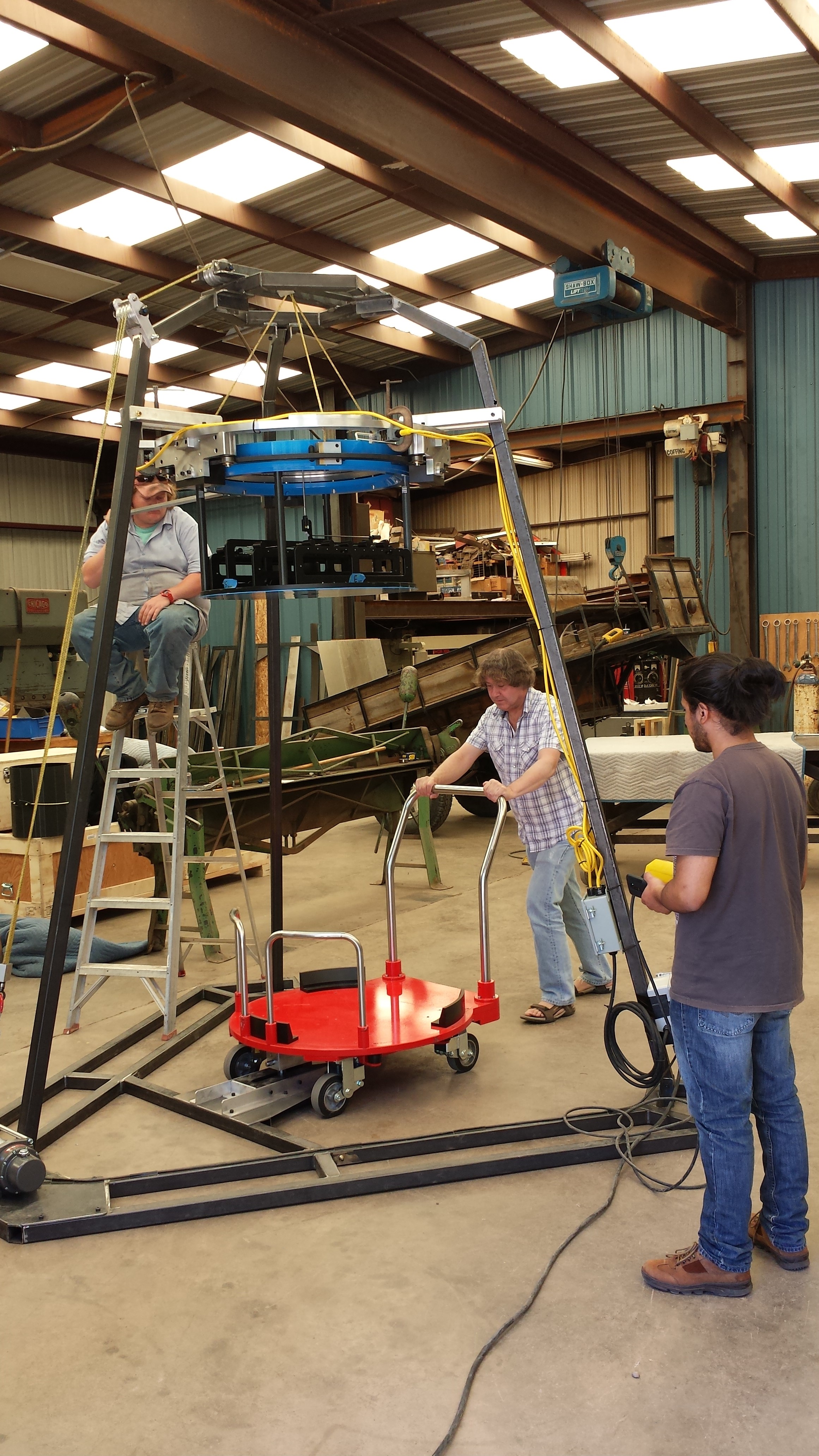
Christian y Jaime intercambiando el cartucho de la placa conexión con la maqueta y el trípode de capacitación (la estructura de acero grande), el cartucho (el objeto azul suspendido del trípode) y el carro, que será utilizado para transportar las placas de conexión hacia y desde el telescopio.
Christian and Jamie swapping out a plug plate cartridge with the Mock Up and Training Facility tripod (the big steel frame), cartridge (the blue object suspended from the tripod) and dolly, which will be used to transport plug plates to and from the telescope.
“Torquing” the plug plate slightly is a necessary skill so that it aligns with the field of curvature of the telescope. Using a ring around the plate (shown being attached below), the plate can be bent ever so slightly:
“Torcer” ligeramente la placa de conexión es una habilidad necesaria para alinear la placa con el campo de curvatura del telescopio. Usando un anillo alrededor de la placa (mas abajo se ve como se engancha), ésta se puede doblar ligeramente:
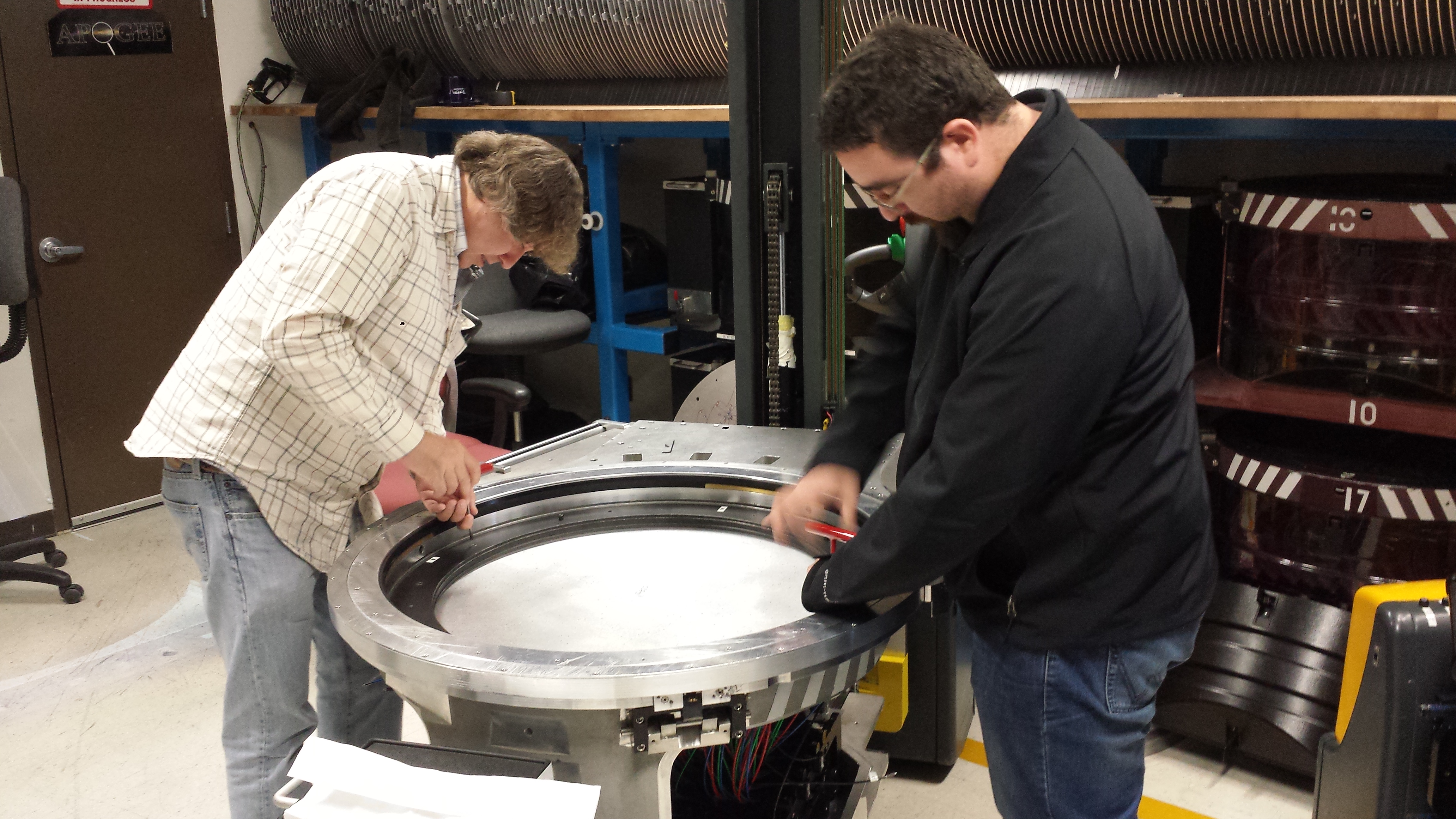
Christian y Andrés enganchan el anillo de flexión alrededor de la placa.
Christian and Andres attaching the bending ring around the plate.
And, of course, it is important to check your work. In this case, a computer is used to map the locations of fibers on the plate, ensuring that they will be on target when the plug plate is used on the telescope:
Y, por supuesto, es importante revisar su trabajo. En este caso, se utiliza un ordenador para mapear las ubicaciones de fibras en la placa, asegurando que van apuntar al objeto cuando la placa de conexión se use en el telescopio:
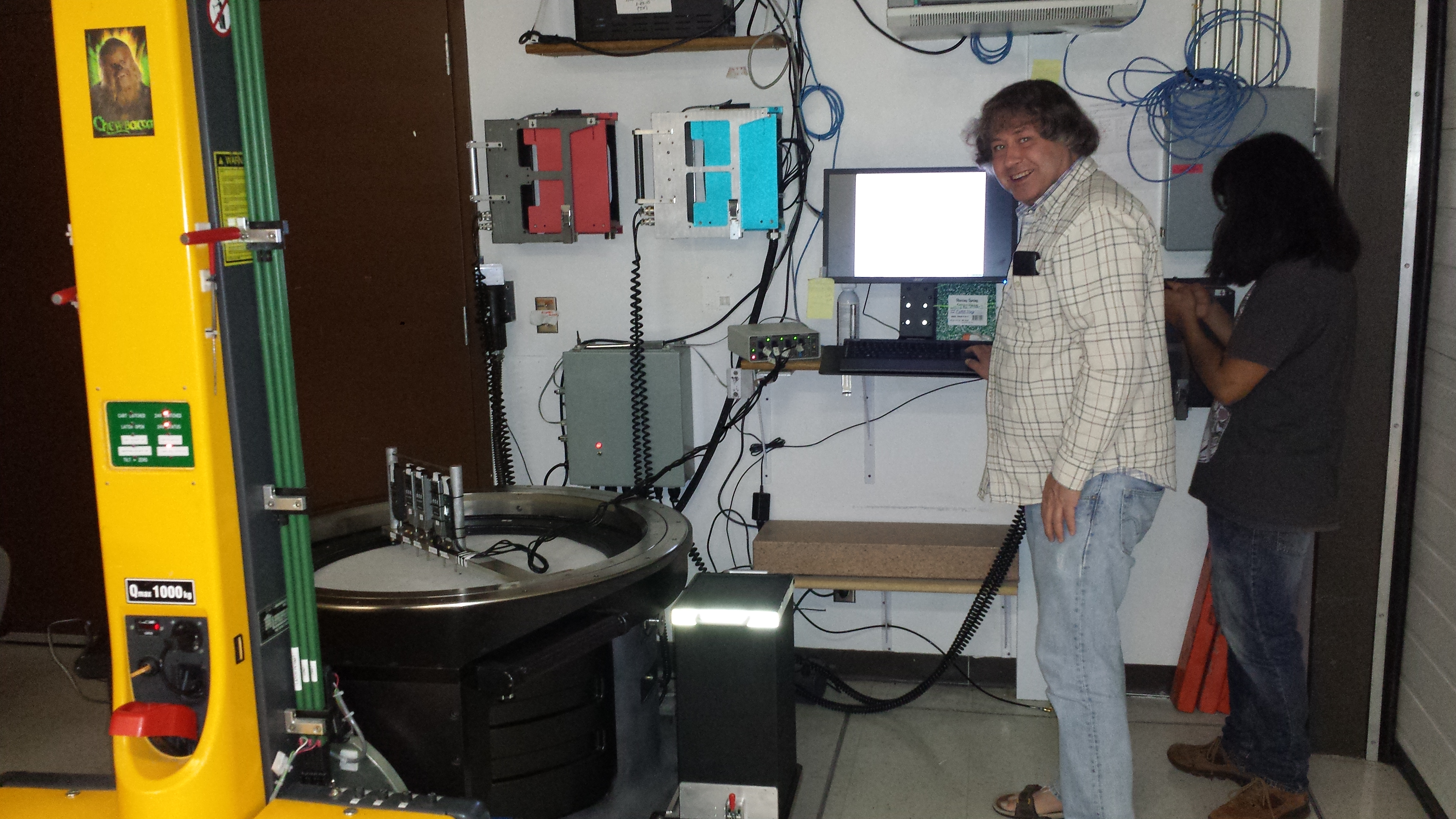
Christian utiliza una computadora para medir el perfil de la placa de conexión después de que ha sido mapeada. Esto asegurará que la placa ha sido “torcida” correctamente.
Christian using a computer to measure the profile of the plug plate after it has been mapped. This will ensure that they have “torqued” the plate properly.
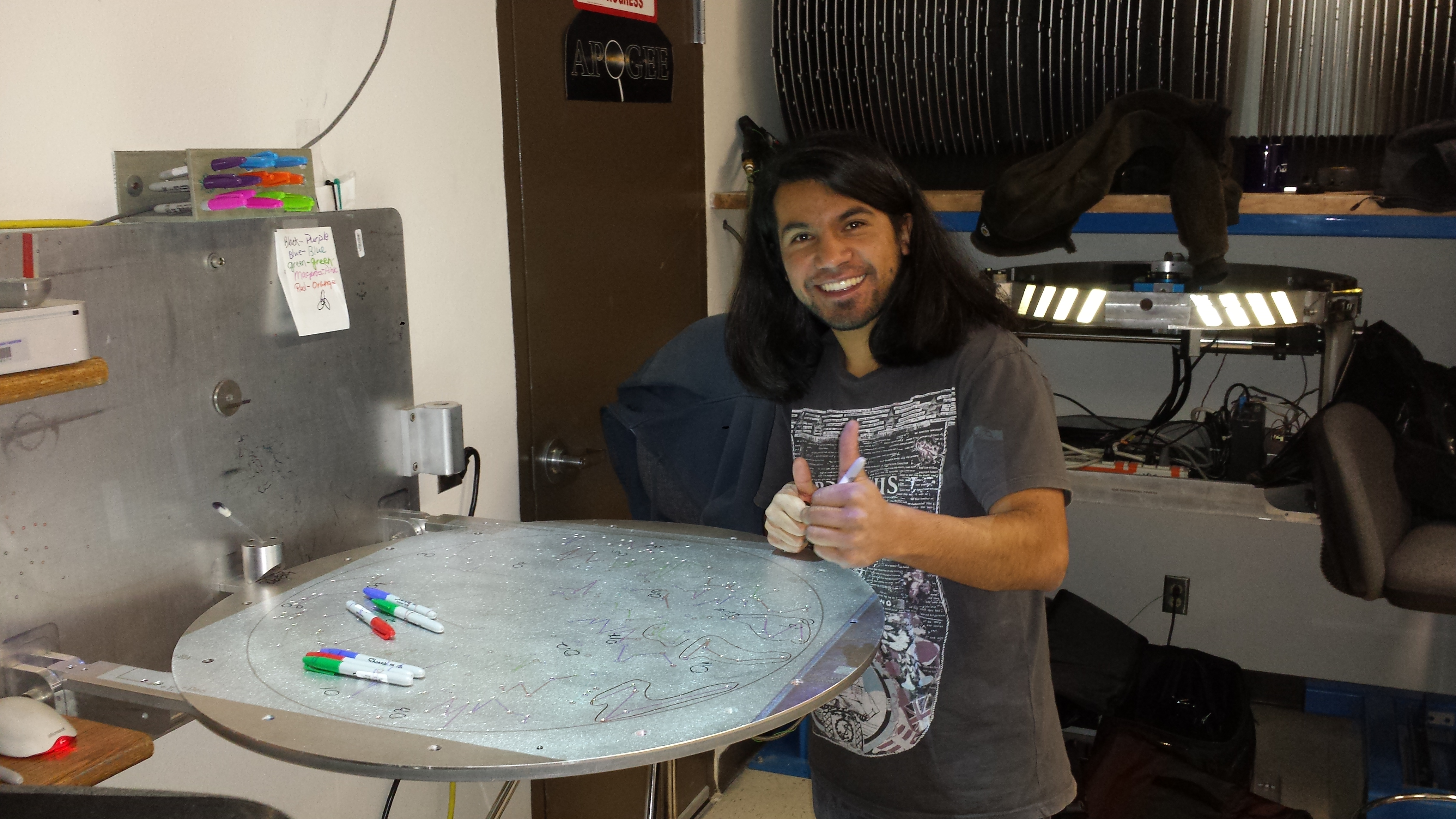
¡Jaime disfruta de sus nuevas habilidades! Aquí está dibujando una superposición en una placa de conexión para prepararla para la conexión.
Jamie is enjoying his new skills set! Here, he is drawing an overlay on a plug plate to prepare it for plugging.
Special thanks to Veronica Motta, Professor of Astronomy at Universidad de Valparaíso, for translating the English into Spanish.


